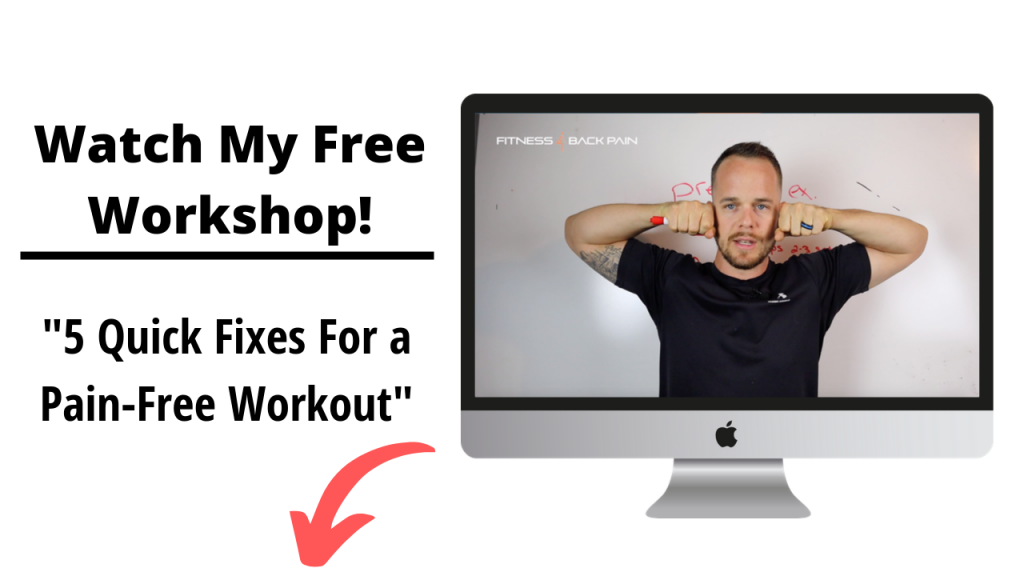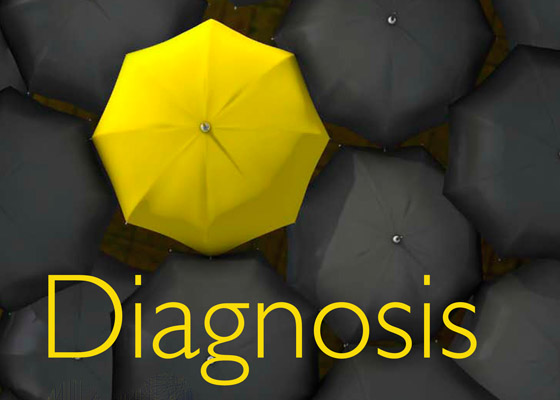There are claims of over 85% of back pain suffers going undiagnosed (McGill) This is a HUGE topic that has been debated for years amongst some of the top physicians in the world. For some, these undiagnosed pains lead to assumptions that the pain is all in our heads. Basically, our brains could be the sole reason we suffer from back pain. It’s crazy to think about but what if it’s true?
Today we are going to focus on 5 things you should focus on if your doctor has diagnosed you with “undiagnosed” back pain.
Diagnosed vs Undiagnosed Pain
The big difference between these two is with diagnosed back pain, a doctor can point to the damage and diagnose you with something like stenosis, herniation, bulge etc. Undiagnosed is when the doctor has nothing to point at to blame for the pain you are in. This can be extremely frustrating especially if the pain you are experiencing is very real.
So, what do you do when the doctor throws his hands up and says ” I don’t know”. Well, for starters you always want to check all other possibilities that may not be physical damage but something else. Your doctor should be able to point you in the right direction to cover those bases.
So, if I am undiagnosed then is it all in my head?
Not exactly. Unfortunately, there are lots of different specialists that look at different potential causes for back pain. Often times surgeons are looking for a specific tissue that could be causing said pain, while physical therapists are looking for certain muscles they can manipulate through manual therapy. Their intentions are good but this could leave someone without direction when it comes to alleviating their pain especially if what they did didn’t work.
The key to dealing with an undiagnosed back disorder is to look over everything with a fine-toothed comb. You can’t just stick with one opinion. There are countless stories of people living with back pain for years due to bad information or a diagnosis that was done outside of the physicians sphere of influence. This sounds crazy but it’s true. Like I always say back pain CANNOT be treated with one technique or practice. You really need to understand the issue.
The reality is, you’re not a doctor so there is only so much you can do BUTT and that’s a big butt. You need to understand the amount of power you DO have. You have way more control over your pain than doctors will lead you to believe.
Let’s say you just left your doctor’s office with an MRI in hand and clearance from all over physicians ruling anything major out. This is what your next steps should look like.
If nothing else, start looking into these 5 things.
1. Posture
Hours and hours of slouching is a recipe for a wrecked back and chronic pain that drugs will only cover for so long. I would invest time and money in getting your posture analyzed and have them point out any dysfunctions you have and immediately start addressing them. Posture is something that has to be attacked DAILY. Be in it for the long hall because it may have taken you 10 years to get to where you are. A few stretches a couple times a week is not going to turn you around within a couple days. Be committed and look at this as a piece to your puzzle!
2. Daily Habits
I talk A LOT about your own personal pain cycle and how important it is to NEVER overlook the small things you do daily. Our pain cycles are all different but they all lead to one thing, back pain. This is the fundamental layer to building a resilient back and learning to control your pain. It’s not just what you do at home. It’s about your home life, work life and everything in between. For more details and examples of the common things you will find in your own pain cycle check this out.
3. Self-awareness
Self-awareness is paramount when working through your own back pain relief program. If you have back pain that means you have created intolerances to specific movements. For example, I have a flexion intolerance with a mild extension intolerance. The extension intolerance is tied to facet joint issues I have had from over extension with heavy lifts growing up and the flexion intolerance is from my poor habits, sitting and lack of glute activation when hinging. I am very aware of what causes my pain but it’s this awareness that has allowed me to desensitize my lower back to the point where it can heal and I can actually see improvement from the other things I do such as core training and soft tissue work.
4. Core Stability and Endurance.
It’s not about strength, it’s about lasting the longest. You use your core all day, the best thing you can do for your lower back is train it in a way that can support your lifestyle. We are so quick to add weight to our backs during planks or add weight during sit ups but anyone can muster up enough strength to hold a position while carrying weight. That does nothing for an 8-hour shift on your feet or your full day on the job site. Take out flexion from your core training and focus on neutral spine work. For more options on training the core check this out.
5. Focus only on the issues.
With the power we have at our fingertips, it’s so easy to get caught up in things like the latest and greatest hamstring or hip flexor stretch or a cool online yoga video for back pain sufferers. I would fall for that crap all the time. I literally remember laying on my back after doing a “yoga stretches for back pain” video in excruciating pain over and over and over. Stretching was not what my body needed but because that’s what I found in my search, I figured it would work for me. If your trusted professional says your posture is jacked up then focus on your posture. I know this is not directly working at the site of your pain but the reality is, the cure for your back pain won’t be found in your lower back. It’s found when the body is able to work together and find balance.
The most common theme I hear the most from back pain sufferers is where do I start to look for a solution? Every back pain case is different but all of these are improvements to your overall daily life that ANYONE can use and find relief doing.
Be patient and persistent!
If you found this article helpful the biggest “Thank You” you could give is sharing this article so that someone you know can start seeing the relief they need. If it helped you it can help someone you know! Help spread the word!
Talk to you soon!
William
p.s Let me know which one of the above areas has had the biggest impact on your lower back!



